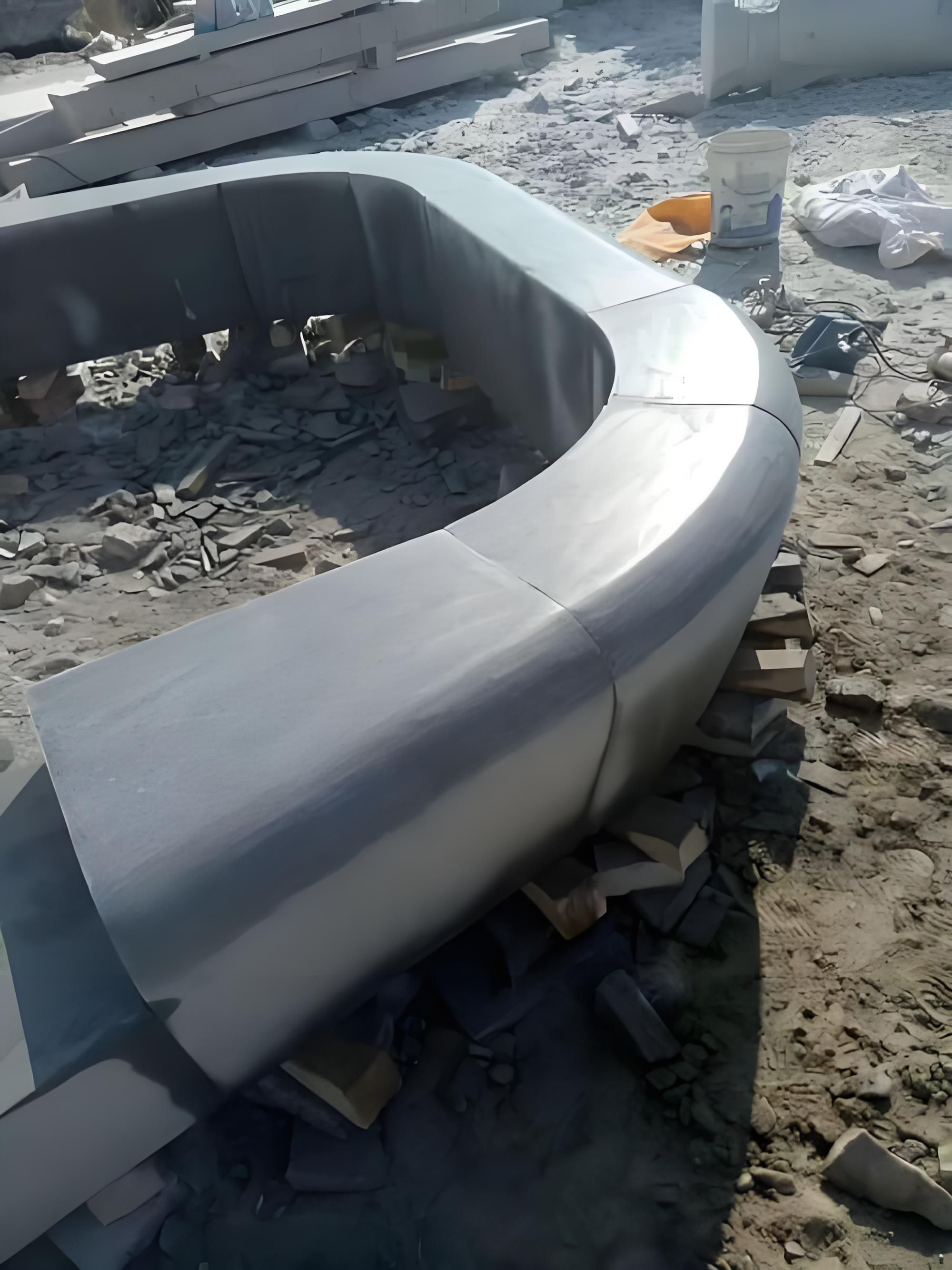Grinding and Polishing of Shaped Stone Artifacts: Techniques, Case Studies, and Material Selection
Lizzy
Introduction
In the field of stone processing, the grinding and polishing of shaped stone artifacts are critical steps in enhancing the texture and aesthetic appeal of the product. This article combines insights from various sources to detail the techniques, case studies, and material selection processes necessary for grinding and polishing shaped stone artifacts of different hardnesses.
Importance of Grinding and Polishing Shaped Stone Artifacts
Shaped stone artifacts, including carvings, arcs, grooves, and other complex forms, are often difficult to produce through mechanized means due to their intricate shapes and fine craftsmanship requirements. Hand grinding and polishing not only ensure the surface quality of the artifacts but also bring out their unique artistic effects.
Techniques to Enhance Gloss and Minimize Waves
Choosing the Right Grinding and Polishing Materials
Select appropriate abrasives or sandpaper based on the stone's hardness and the shape of the artifact. Progress from coarse to fine grinding, followed by polishing to gradually enhance gloss.Thorough Inspection During the Grinding Process
After each grit of abrasive or sanding disc, carefully inspect the polished surface to ensure that the next step can cover any marks left by the previous one.Water Control
Proper water control during grinding and polishing is essential to prevent surface burning due to insufficient water.Grinding Direction and Speed
Extend the grinding strokes along the natural lines of the stone to avoid creating waves; for polishing, use high-speed electric tools.Hand Grinding and Polishing Techniques
Cut sandpaper or grinding blocks into small pieces to fit the different shapes of the artifact. When grinding concave arcs, use a wooden strip with a radius close to the arc to wrap the sandpaper, ensuring smoothness and consistency.
Case Studies
Polishing Arched Artifacts
Hand polishing can achieve uniform gloss on arched surfaces while reducing waves caused by improper use of electric tools.Detailing Carvings
Hand grinding and polishing are particularly effective in refining the concave and detailed areas of carvings, enhancing the three-dimensionality and detail.Line Grinding in Mass Production
In mass production, using forming tools for line grinding and polishing reduces the workload of rough grinding while ensuring consistency and high quality in the lines.
Selecting the Right Grinding and Polishing Materials
Understanding Stone Hardness
Knowing the Mohs hardness of the stone guides the selection of appropriate abrasives.Choosing Abrasive Types
Diamond Abrasives: Suitable for hard stones like granite and quartzite.
Silicon Carbide Abrasives: Suitable for medium-hard stones like most marbles.
Aluminum Oxide Abrasives: Suitable for softer stones or the final polishing stages.
Selecting Grit Sizes
Coarse Grinding: Use coarse abrasives (e.g., #24 to #80).
Fine Grinding: Use medium grit abrasives (e.g., #120 to #320).
Polishing: Use very fine abrasives (e.g., #400 and above).
Choosing Polishing Pads and Tools
Select polishing pads compatible with the chosen abrasives, such as diamond polishing pads or fiber polishing pads. For hard stones, high-power electric grinders can improve efficiency.Considering Stone Characteristics
For porous stones, consider using fillers before grinding. Also, consider the direction of the stone's grain to avoid damaging the texture during grinding.Testing and Adjusting
Conduct small-scale tests in inconspicuous areas to determine the effectiveness of the grinding materials and methods. Adjust grit sizes and grinding techniques based on test results.Professional Advice
Consult with stone suppliers or professional grinding and polishing companies for recommendations specific to the stone being used.Maintenance and Safety
Ensure that grinding tools are in good condition for optimal results. Implement appropriate safety measures during grinding and polishing, such as wearing protective glasses and masks.
Conclusion
Grinding and polishing shaped stone artifacts is a technically demanding and labor-intensive process. By selecting the right materials, controlling water flow, mastering the correct grinding direction and speed, and using precise hand techniques, you can significantly enhance the gloss and texture of the artifacts while minimizing the appearance of waves. As stone processing technologies continue to develop and innovate, the future of shaped stone artifacts will become increasingly diverse and personalized, bringing more possibilities to the architectural decoration and art markets.







